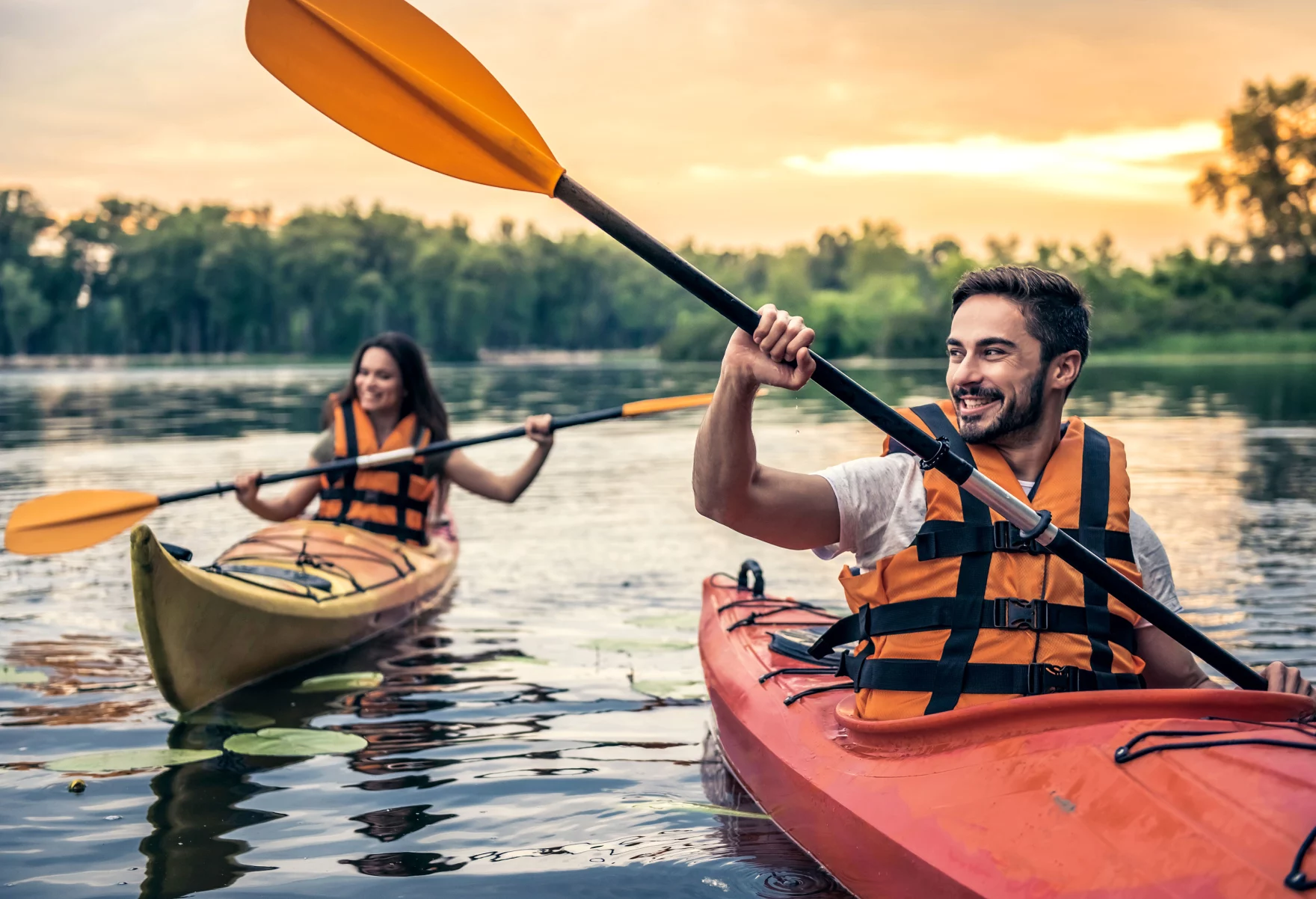Boat Ownership FAQ

What is a Pennsylvania Launch Permit and how is it different from a Boat Registration?
A Pennsylvania launch permit is a document that is the bare minimum needed to launch any watercraft within a state park. A launch permit is only viable for non-powered vessels such as kayaks, stand-up paddleboards, and sailboats. Any motorboats within a state park must display a valid boat registration from any state. Launch permits can be acquired from Pennsylvania Fish and Boat Commision’s website, or in person at many state parks. Boat Registrations can be acquired by submitting the proper documentation and are valid for up to 2 years. Parties interested in applying for a boat registration will need access to the vessel's HIN (hull id number) which is located on the transom (back) starboard (right) side of the boat as well as proof of purchase, title, or a COI (certificate of origin). Any boat with a valid registration number from any state does not need a launch permit to launch within state parks; the registration covers this requirement. You can learn more about Boat Titles and Registrations by clicking here.
Do I need to wear a life jacket?
There must be a U.S. Coast Guard approved life jacket for every person on board a boat at all times. Any children under the age of 12 must be wearing this U.S. Coast Guard approved life jacket at all times. At Marsh Creek specifically, any patrons of the Boat Rental must also wear a lifejacket at all times while using rental equipment. From November 1st through April 30th, everyone on the water must be wearing a life jacket at all times due to the risks inherent with cold water. Marsh Creek State Park specifically requires a sound device (whistle, air horn, etc.) to be present on every vessel as well.
What are the different types of life jackets?
There are many types of Personal Flotation Devices (PFDs) that are used for many different purposes. In order for a PFD to qualify for your safety check list, make sure it is stamped with the Coast Guard Approval Number on the inside of the PFD. The five types of PFDs are as follows:

-Type I: Offshore Life Jackets - These vests are designed for rough or remote waters where rescue may take some time. They provide the most buoyancy, are excellent for flotation and will turn most unconscious persons face up in the water. (found on most passenger for hire vessels)
-Type II: Near-Shore Vests - These are mostly appropriate for use in calm waters when quick rescue is likely. While very buoyant, these vests may not turn some unconscious wears face up in the water. (best for flat water use)
-Type III: Flotation Aids - These life jackets (vests) are great for calm waters where a rescue if needed would be quick. These are not recommended for rough waters since they will not turn most unconscious people face up. These are the most common for wakeboarders, skiers, and surfers. (used on flat or brackish waterways)
-Type IV: Throwable Devices - These life jackets are designed to be thrown to anyone that may have fallen overboard. Since a Type IV is not designed to be worn, it does not satisfy the need to have a USCG approved jacket for every person onboard.
-Type V: Special-Use Devices - These are often developed and customized specifically for specific sports such as kayaking, wakeboarding, or windsurfing. Many inflatable lifejackets fall into this category. (often do not satisfy recreational Coast Guard approval requirements)
How can I transport my boat to the water?
Most larger, powered boats need to be towed on a registered trailer. For smaller vessels such as kayaks or stand-up paddleboards, there are an abundance of racks manufactured specifically for these types of vessels. All boats, whether on a rack or a trailer, must be properly secured with a locking strap. We recommend Thule and Dakine as two of the most trusted brands when it comes to these racks and straps. Over the years our staff has delivered a variety of watercraft and taken the time to help many customers secure their boats for transportation. If you have questions about the different rack types that might work for your car and boat, feel free contact our knowledgeable staff or stop in to talk about the best options!
Can I store my boat at Marsh Creek State Park?
There are 244 mooring slips located at Marsh Creek State Park run by the park office. Because of the high demand to store boats with a relatively limited number of spots available, the waiting list to receive a spot is quite long. You can call the park office at 610-458-5119 to inquire about storage of your vessel.
